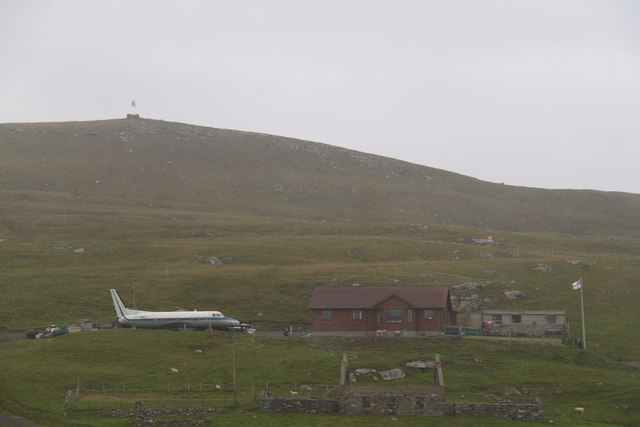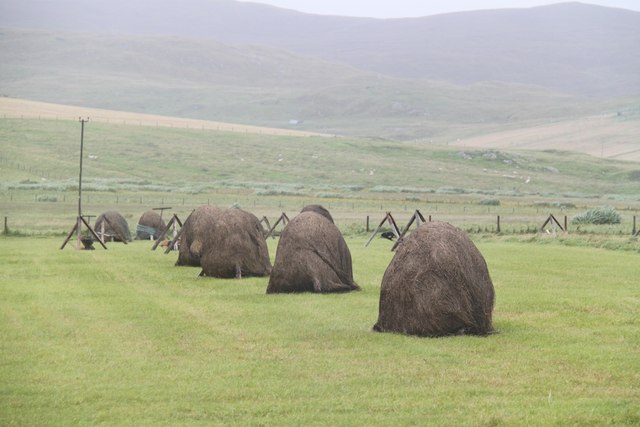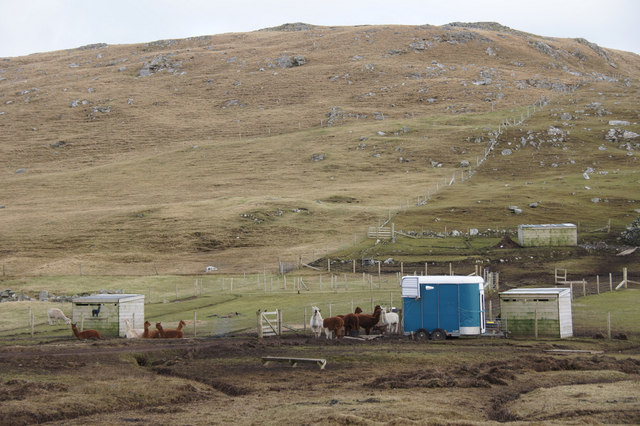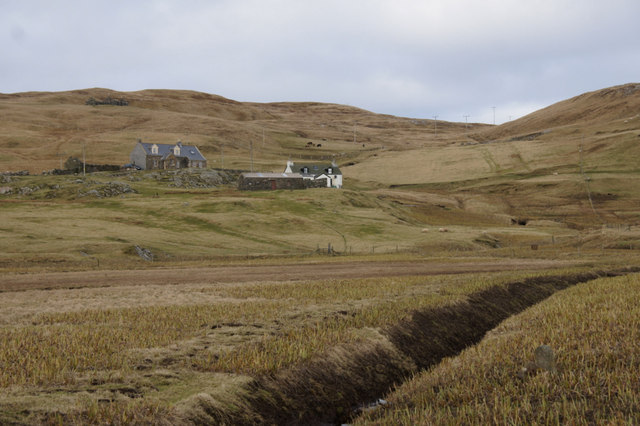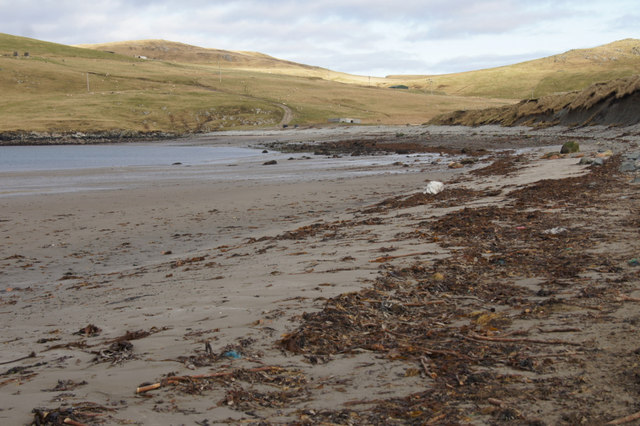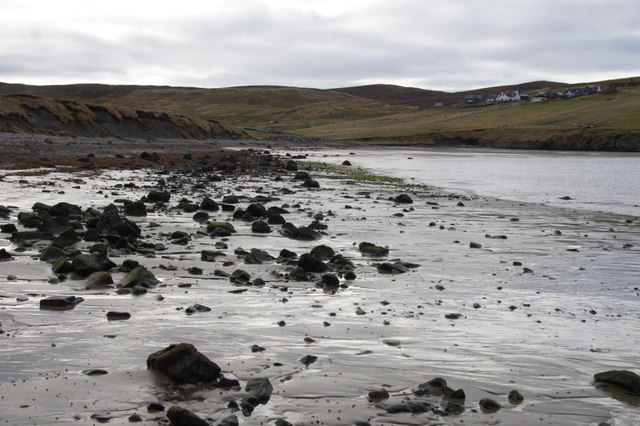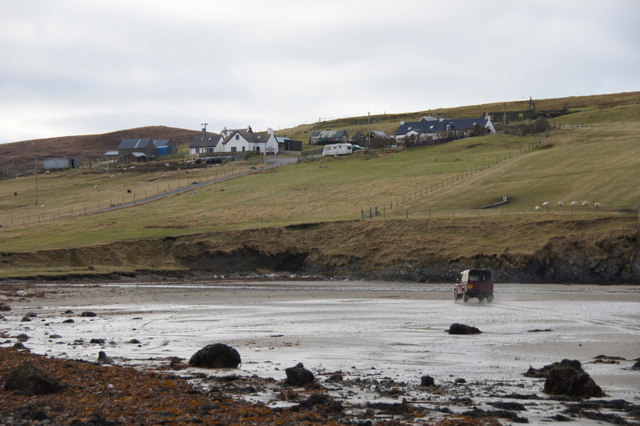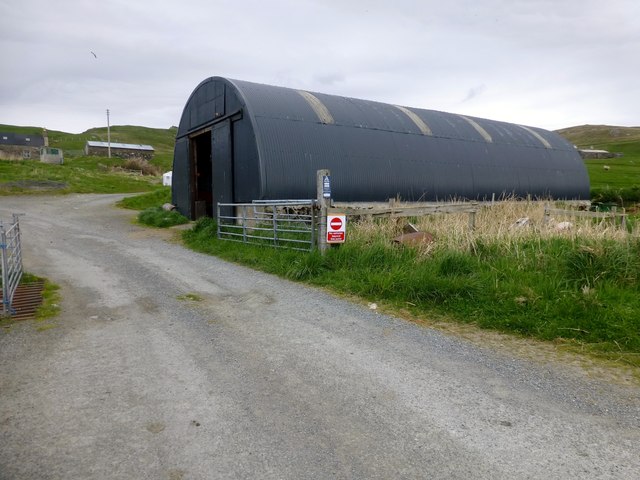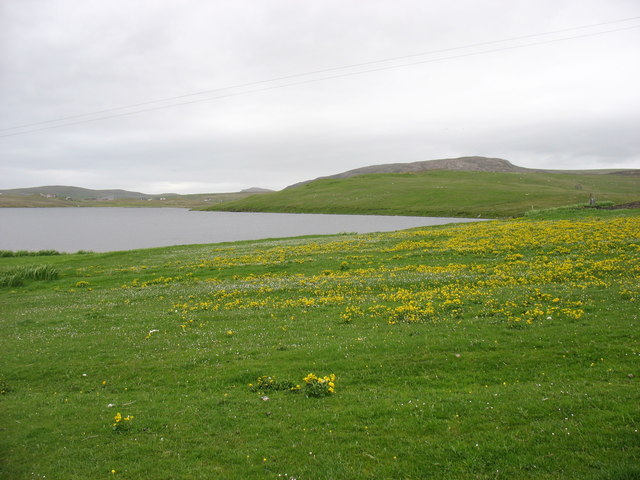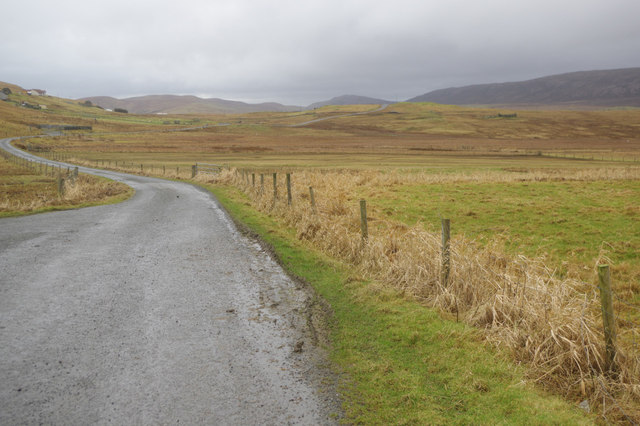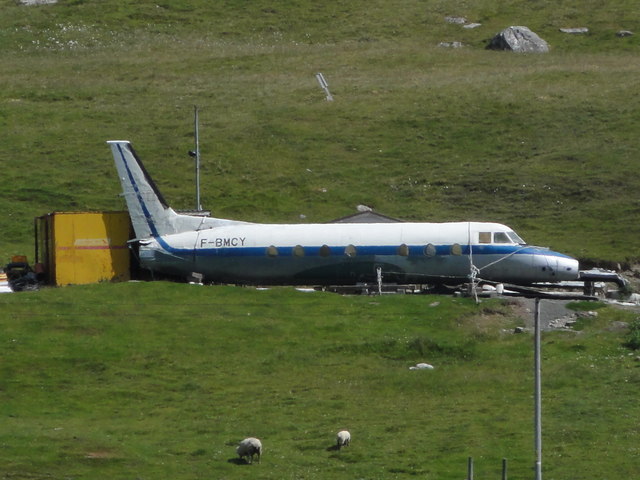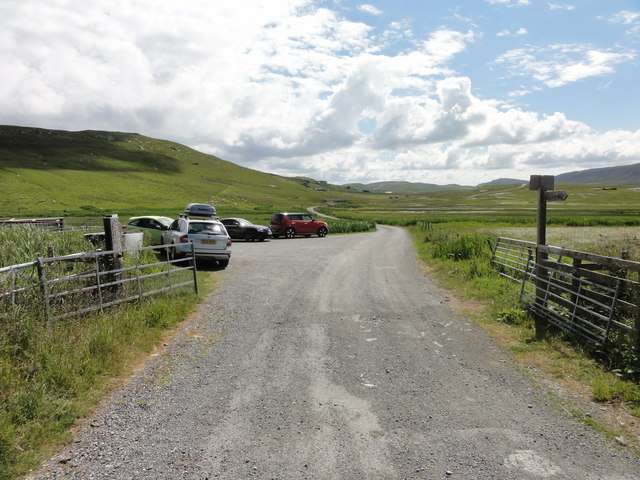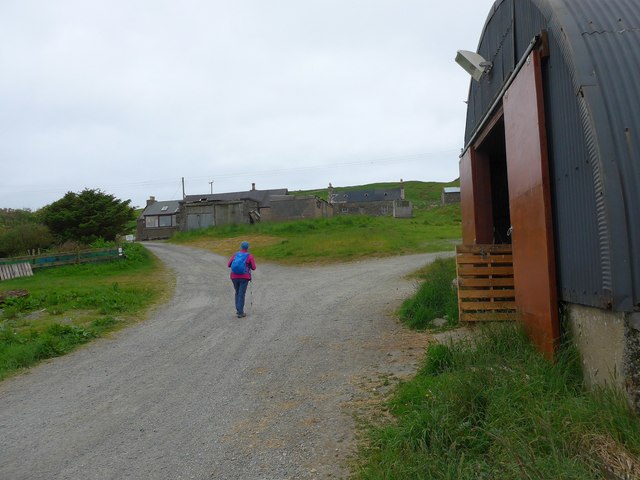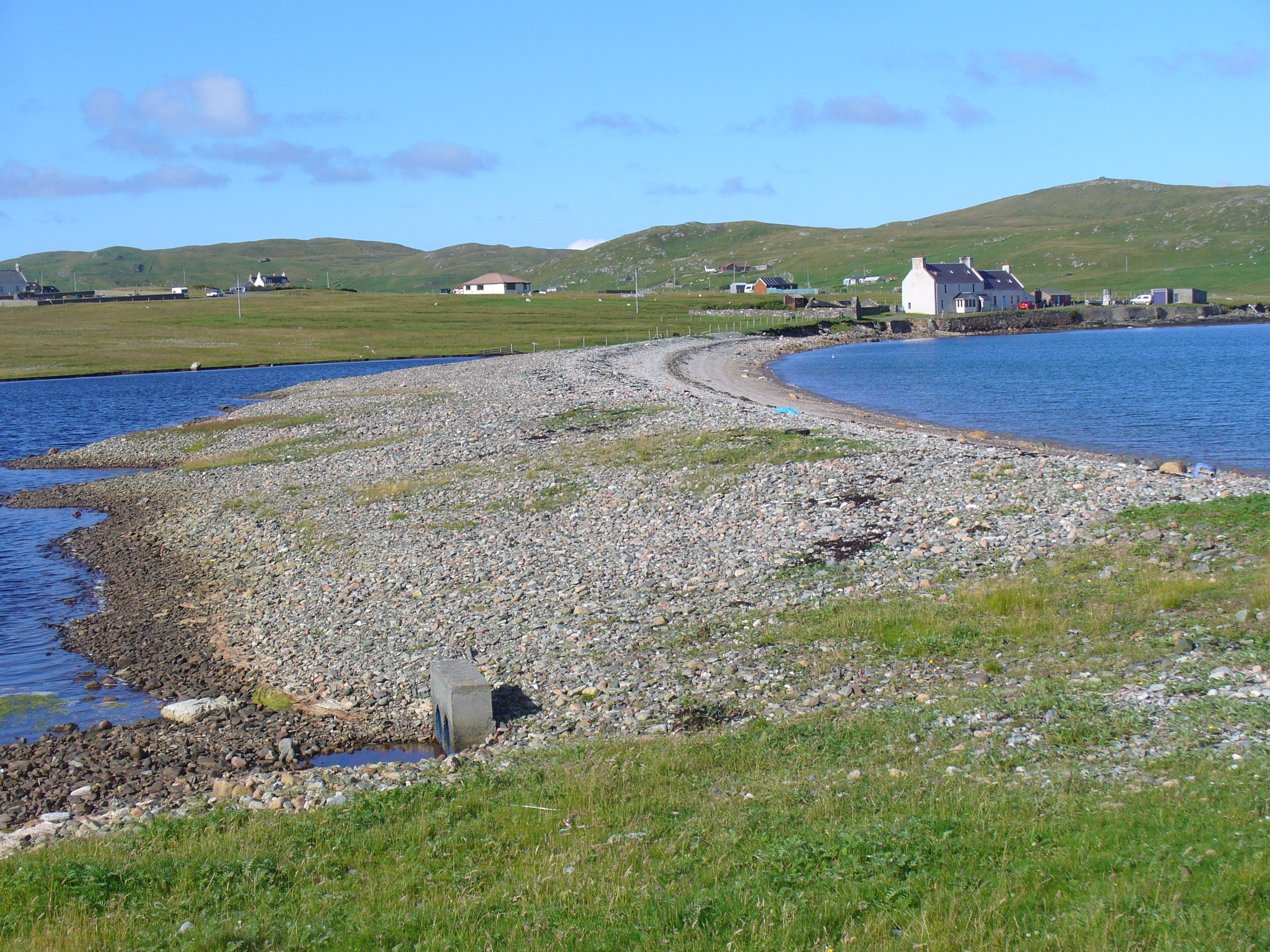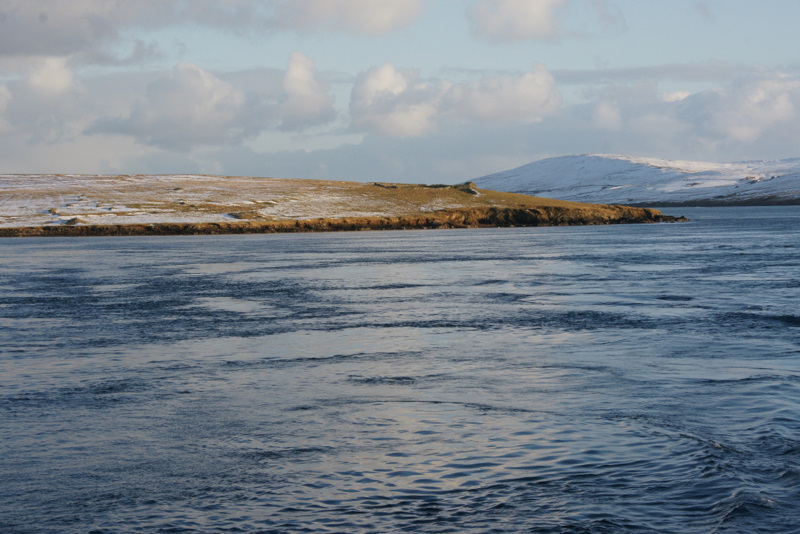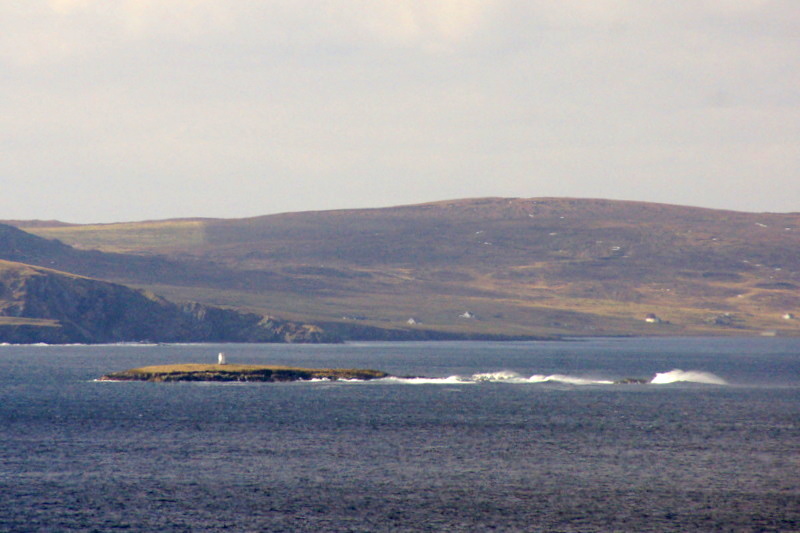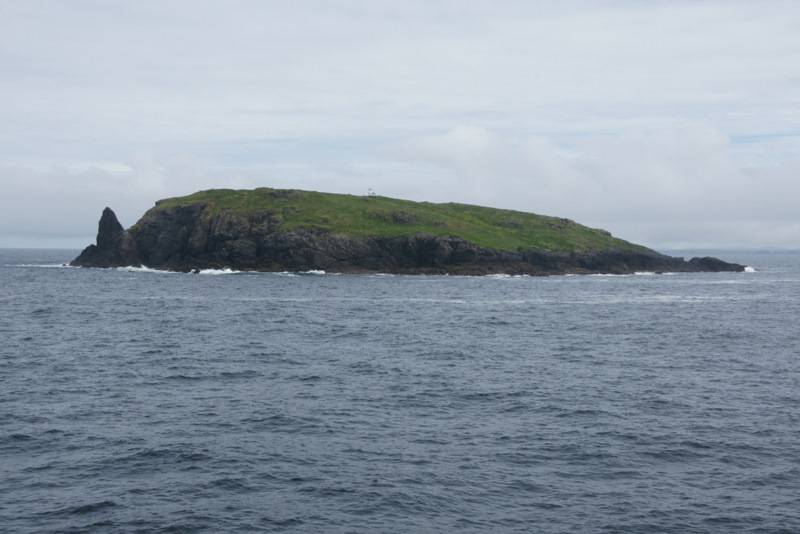Allens
Coastal Feature, Headland, Point in Shetland
Scotland
Allens
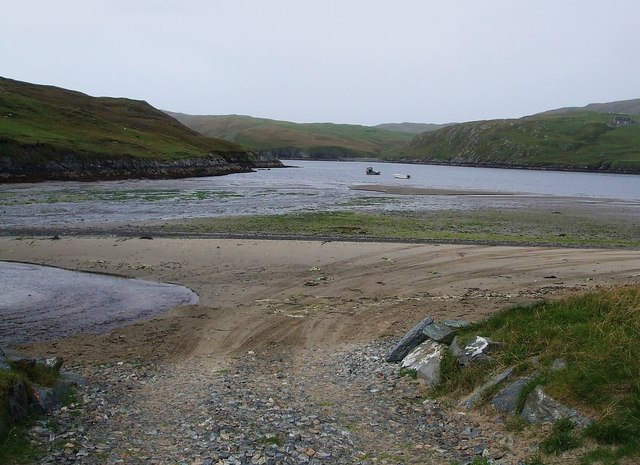
Allens is a prominent headland located on the coast of Shetland, an archipelago in Scotland. It is situated on the western side of the Shetland Mainland, near the village of Sandness. This coastal feature extends out into the North Atlantic Ocean, jutting out from the surrounding terrain and providing a stunning viewpoint of the surrounding seascape.
The headland is characterized by its rugged and rocky cliffs, which rise steeply from the coastline. These cliffs are composed of sedimentary rocks, displaying layers of different types of rock formations that have been shaped by the forces of erosion over millions of years. The exposed cliffs offer a glimpse into the geological history of the area and provide valuable insights into the region's past.
Allens is known for its diverse wildlife and is a popular spot for birdwatching enthusiasts. The surrounding coastal waters are home to a variety of seabirds, including puffins, guillemots, and fulmars. Visitors to Allens may also have the opportunity to spot seals, dolphins, and even whales in the waters below.
The headland is easily accessible by foot, with a well-maintained trail leading to the summit. From the top, visitors are rewarded with panoramic views of the surrounding coastline, the North Sea, and neighboring islands. On a clear day, the distant horizon stretches endlessly, offering a sense of tranquility and awe-inspiring beauty.
Allens is not only a natural landmark but also an important cultural site. Its significance in the local community is evident in the numerous folk tales and legends associated with the headland. These stories have been passed down through generations, adding to the mystique and allure of this coastal feature.
In conclusion, Allens is a captivating headland in Shetland, offering visitors a chance to experience the rugged beauty of the Scottish coastline, observe diverse wildlife, and immerse themselves in the rich cultural heritage of the region.
If you have any feedback on the listing, please let us know in the comments section below.
Allens Images
Images are sourced within 2km of 60.585581/-1.3182043 or Grid Reference HU3789. Thanks to Geograph Open Source API. All images are credited.

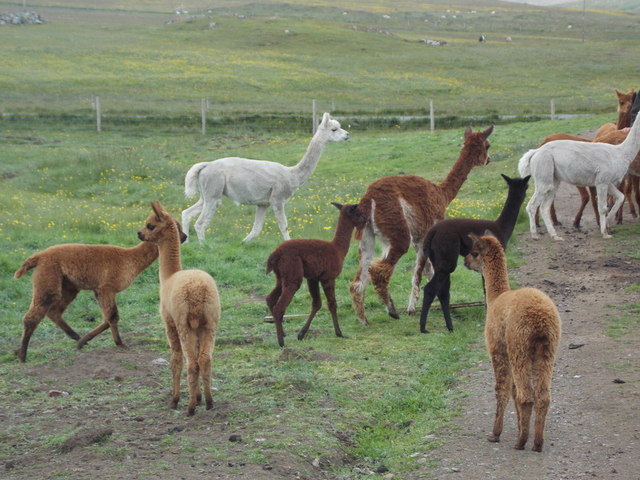
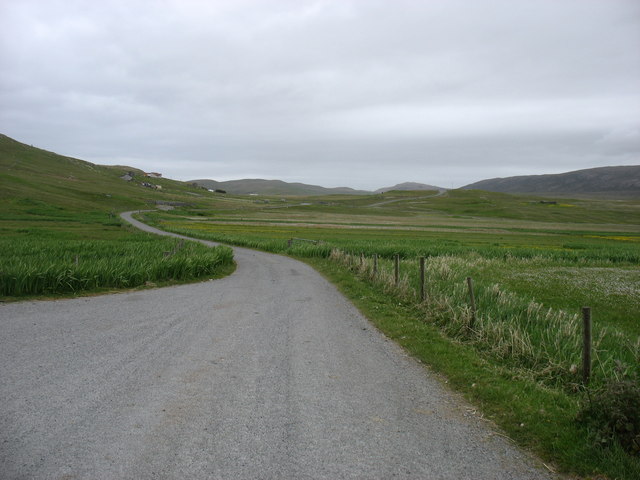
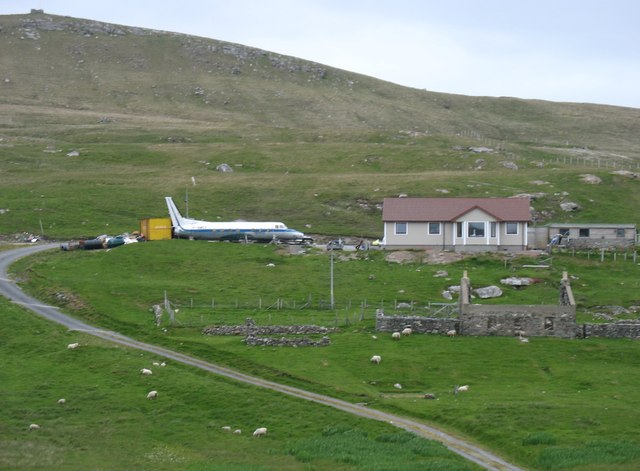
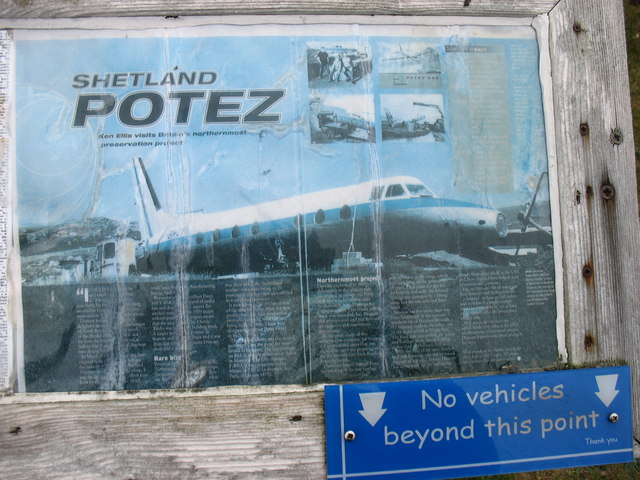
Allens is located at Grid Ref: HU3789 (Lat: 60.585581, Lng: -1.3182043)
Unitary Authority: Shetland Islands
Police Authority: Highlands and Islands
What 3 Words
///quail.usages.neat. Near Ulsta, Shetland Islands
Nearby Locations
Related Wikis
North Roe
North Roe is a village, and protected area at the northern tip in the large Northmavine peninsula of the Mainland of Shetland, Scotland. It is a small...
Muckle Holm, Yell Sound
Muckle Holm is a small island in Shetland. It is in Yell Sound, near the Northmavine. It is 23 metres (75 ft) at its highest point. There is a lighthouse...
Yell Sound
Yell Sound is the strait running between Yell and Mainland, Shetland, Scotland. It is the boundary between the Mainland and the North Isles and it contains...
Little Holm, Yell Sound
Little Holm is a small island in Yell Sound, in Shetland, Scotland. It lies between Northmavine and the island of Yell. There is a lighthouse here. In...
Fethaland
Fethaland or Fedeland (pronounced [ˈfeɪdələnd]) is an abandoned settlement at the extreme north end of Mainland, Shetland. It was the site of the largest...
Uyea, Northmavine
Uyea (Scots: Öya in Shetland dialect spelling) is an uninhabited tidal island located to the northwest of Mainland, Shetland. Uyea lies off the Northmavine...
Gruney
Gruney is a small, uninhabited island in Shetland, Scotland. It lies north of the Northmavine peninsula of the Shetland Mainland, from which it is separated...
West Sandwick
West Sandwick is a settlement on the island of Yell, Shetland Islands, Scotland. It is one of the few settlements in the west of the island. West Sandwick...
Nearby Amenities
Located within 500m of 60.585581,-1.3182043Have you been to Allens?
Leave your review of Allens below (or comments, questions and feedback).
